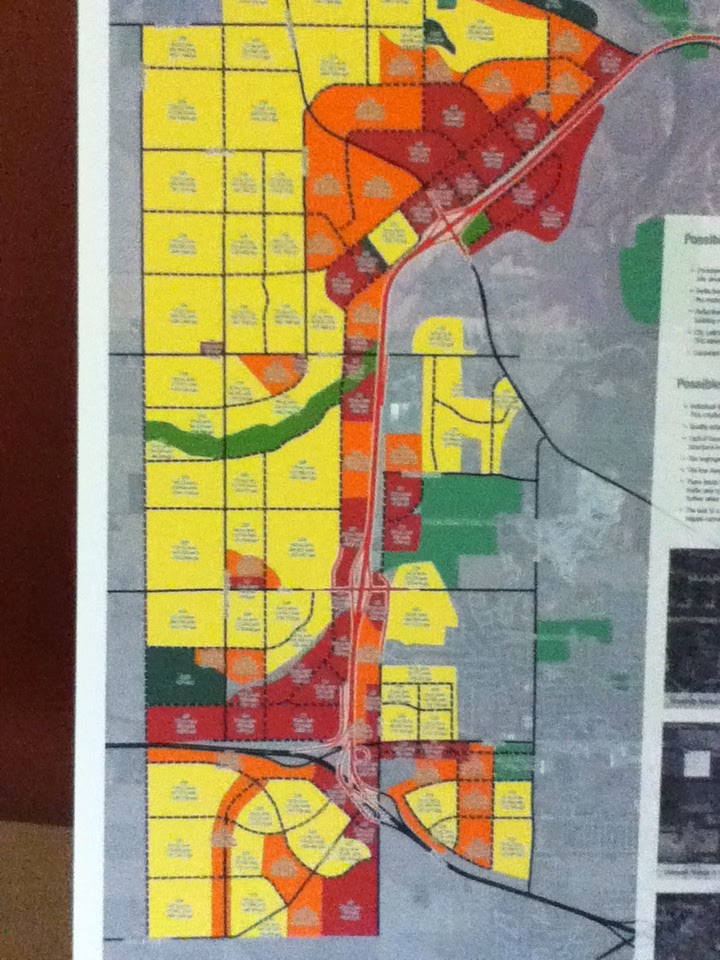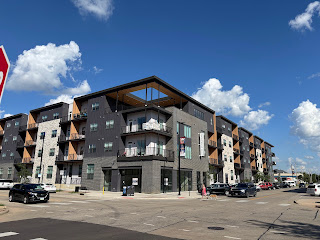- Humans' innate self-interest lead them to pursue strategies in the economic marketplace that (in most cases) regulate the supply, demand and price of goods more quickly and effectively than an external actor (e.g. the government) can.
- The natural price of any good is determined by the cost of the labor required to produce it, profits to reward the risk undertaken by the employer, and the "rental" cost of land and facilities. For a number of reasons, employers and renters are better positioned to command shares of the income from sales of the good, so the wage-earner gets the smallest share.
Smith argues in chapter 8, despite employers' clear advantage in contract negotiations, "there is however a certain rate below which it seems impossible to reduce, for any considerable time, the ordinary wages even of the lowest species of labour." He defines this rate as sufficient pay to maintain the worker, his wife, and a family of four children. This is based on the very 18th century assumptions that (a) the wife will not be working full-time, and (b) only 50 percent of the children will survive to adulthood. Without the ability to bring up new workers, "the race of such workmen could not last beyond the first generation." This level of wages is "evidently the lowest which is consistent with common humanity."
Who or what enforces this minimum wage level? Smith implies, without explicitly saying so, that it will be enforced by the market i.e. by the self-interest of employers. Employers can't underpay their workforce to the point of starvation, because if the supply of workers declines the price of labor will rise. But while the employers' long-term interest is clear, their short-term interest is not, and Smith is enough of a realist to know that short-term interests come first. Moreover, he was living at a time when the slave trade was legal both in the United States and Britain, allowing slaveowners--who paid their slaves nothing--to purchase more slaves when the ones they had had been worked to death.
The reference to "common humanity" additionally implies a potential role for the employers' conscience, but that would be a novel argument for Smith, who made it clear early in the book that the benevolence of others was not to be relied upon. "[M]an has almost constant occasion for the help of his brethren," he has written in chapter 2 of book 1, "and it is in
vain for him to expect it from their benevolence only [italics mine]. He will be more likely to prevail if he can interest their self-love in his favour, and shew them that it is for their own advantage to do for him what he requires of them."
If the market does not enforce the minimum wage, and the employers' "common humanity" can't be counted upon to supply it, does that mean it's up to the state? Smith doesn't suggest such a thing, and given the ambivalence he expresses throughout this work to government involvement in economic matters it's doubtful that was his intention. 160+ years later, anyhow, the U.S. enacted a minimum wage of 25 cents an hour in June 1938 (applying only to workers engaged in "interstate commerce," which is all the Constitution allows the national government to regulate). This amounts to $4.08 an hour in 2012 dollars. The minimum wage hit its purchasing power peak in 1968 when it was raised to $1.60 ($10.59 in 2012 dollars). The current dollar value fell to $5.87 in 2006 before a two-stage increase was passed the following year. In 2012 4.7 percent of hourly paid workers were paid at or below the federal minimum wage of $7.25. [Data from
The World Almanac and Book of Facts 2013,
p. 136, and U.S.
Bureau of Labor Statistics homepage] Most workers who start at or below this level, including your humble author, quickly rise above it, but a notable percentage of minimum wage workers stay around there for a long time (Carrington and Fallick; cite below). Of course, either incremental or dramatic increases to the minimum wage (both have been proposed) would push a larger percentage of wages upward, particularly if it went to $10.10.
Is the current federal minimum wage above or below the "natural" level that would exist if the federal standard were revoked? That's difficult to say, in part because low-wage workers are eligible for a broad array of government benefits that supplement their income, including health insurance, food "stamps," the Earned Income Tax Credit, and housing and child care assistance. Their children are eligible for the
school lunch program. In this sense, the government has taken the onus off employers of ensuring their workers have sufficient income.
Resting assured that the economic marketplace will provide a floor to wages, and the correct one to boot, means you don't have to think about whether that floor should be $7.25 per hour (about $14,500 per year for a full-time worker), or Illinois' current $8.50 ($17,000), or something lower. But Smith's use of the phrase "common humanity" in chapter 8 points us to consciously considering how much income is actually "sufficient." Efforts to calculate sufficiency, such as the
MIT Living Wage Calculator, suggest the floor of sufficiency is a lot more than $10.10 an hour. (For example, MIT calculates a "living wage" for a family with two adults and two children in Cedar Rapids to be
$18.64 an hour.)
And sufficiency depends at least in part on characteristics of place: A car is necessary if work is located far from affordable housing. And sufficiency in 2014 surely requires more than was sufficient in 1776, just to keep up with what is expected of a worker or parent. Child care is necessary if we expect both parents to work. Health care is much advanced beyond 18th century standards, but costs a lot more, too. You can't wash your clothes in streams.
I pretty much agree with conservatives like Senator Marco Rubio (R-Florida), who told an interviewer in 2013: "You can't [improve working class prospects] by mandating it in the minimum wage laws. Minimum wage laws have never worked in terms of having the middle class attain more prosperity." (I don't agree with Rubio and others that an increase will necessarily lead to job losses; historical evidence and economic opinion on that are mixed at best, and there's reason to believe it would have the opposite effect.) Minimum wage laws, overtime rules, unemployment insurance benefit extensions, and food assistance are patches on an economic system that is working for fewer and fewer people. That's the real problem: economic opportunity. Solve that, and you can make the minimum wage negative for all I'll care.
In a society which afforded economic opportunity for everyone no matter where they're starting from, the minimum wage rate would be a mere temporary concern for teenagers working at their first part-time job, and an otherwise "academic" question. But we are far from being such a society. Not only is opportunity far from equal, but the future of work itself is hardly assured. A new book by the economist Thomas Piketty,
Capital in the Twenty-First Century (Harvard, 2014), argues from three centuries of data from 20 now-developed countries that in free markets capital tends to increase its proportion of national revenue, leaving less and less for labor--actually what you'd expect from Smith's observations on the relative power of renters, managers and laborers. And that's counting in the labor portion the stratospheric incomes accruing to contemporary CEOs and financial wizards.
The enormous gaps in wealth and incomes that have opened up in the last 40 years are the historical rule; the spread of wealth in the mid-20th century noted by Simon Kuznets (cited below) was an exception, attributable to an unusual mix of factors including high taxes on the rich. Population growth helped create a bigger pie before, but probably won't happen in the future, at least not in the proportion of the last 300 years.
Economic opportunity will not happen on its own (nor, Piketty argues, by relying only on better education). Something needs to be done. It seems unwise to wait for "nature" to take its course. Addressing the purchasing power of the minimum wage is a tiny step in that direction, but a step nonetheless.
SOURCES AND FURTHER READING
William J. Carrington and Bruce C. Fallick, "Do Some Workers Have Minimum Wage Careers?,"
Monthly Labor Review, May 2001,
www.bls.gov/opub/mlr/2001/05/art2full.pdf
Simon Kuznets, "Economic Growth and Income Inequality,"
American Economic Review 45:1 (March 1955), 1-28,
http://www.aeaweb.org/aer/top20/45.1.1-28.pdf
Eduardo Porter, "
A Relentless Widening Of Disparity In Wealth,"
New York Times, 12 March 2014, B1, B4, reviewed Piketty's book. Piketty was interviewed by Porter for the Times'
Economix blog
here.
Rachel Weiner, "Marco Rubio: 'I Don't Think a Minimum Wage Law Works,'"
Post Politics, 13 February 2013,
http://www.washingtonpost.com/blogs/post-politics/wp/2013/02/13/marco-rubio-i-dont-think-a-minimum-wage-law-works/
I've written earlier posts pertinent to this subject:
"
The Future is Exciting and Scary," June 24, 2013
"
Poverty and Economic Growth," September 27, 2013
"
The 'New Normal' Economy and Place," November 20, 2013

















